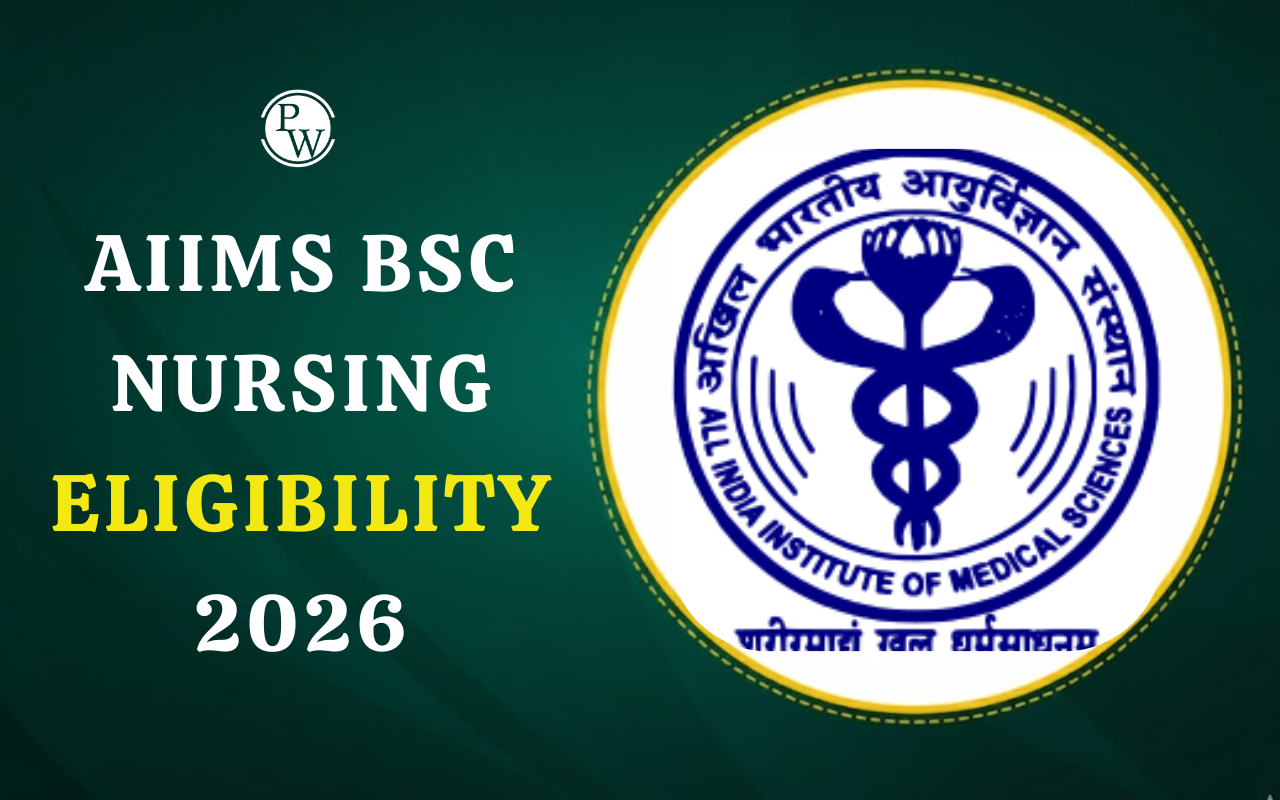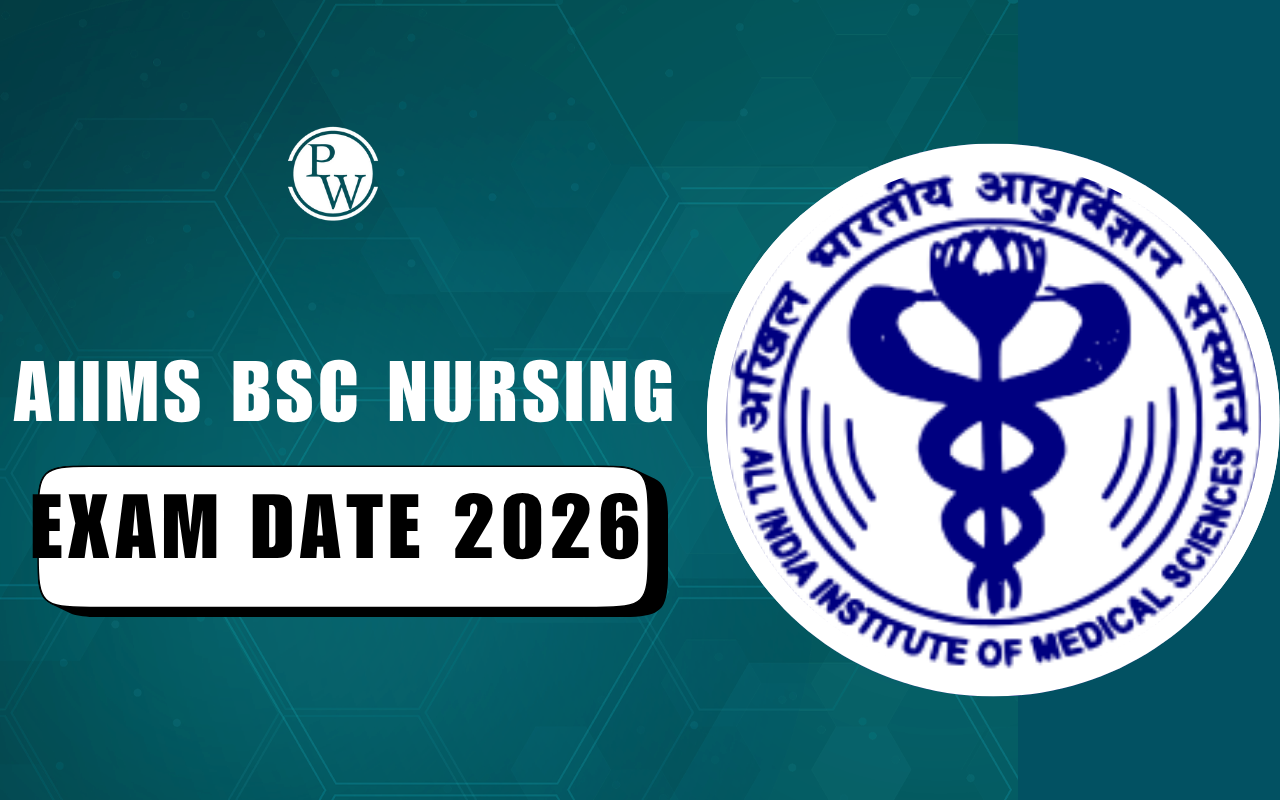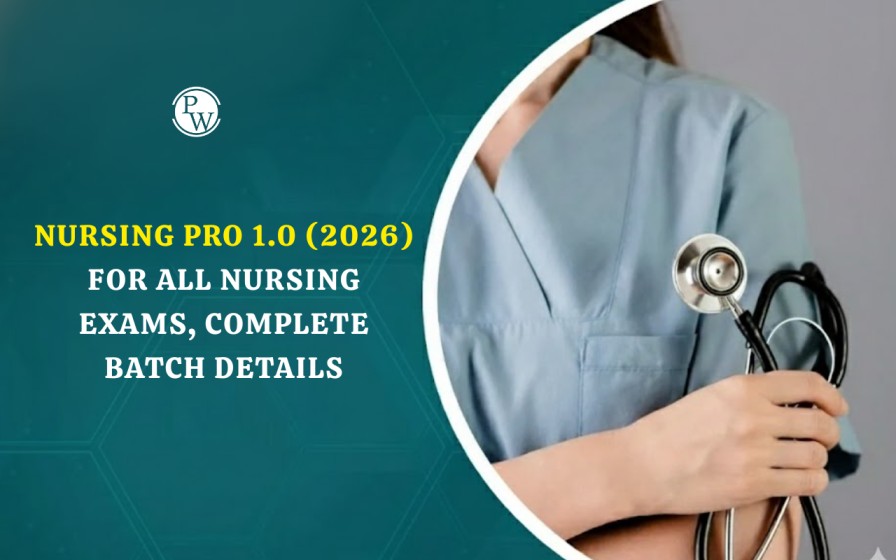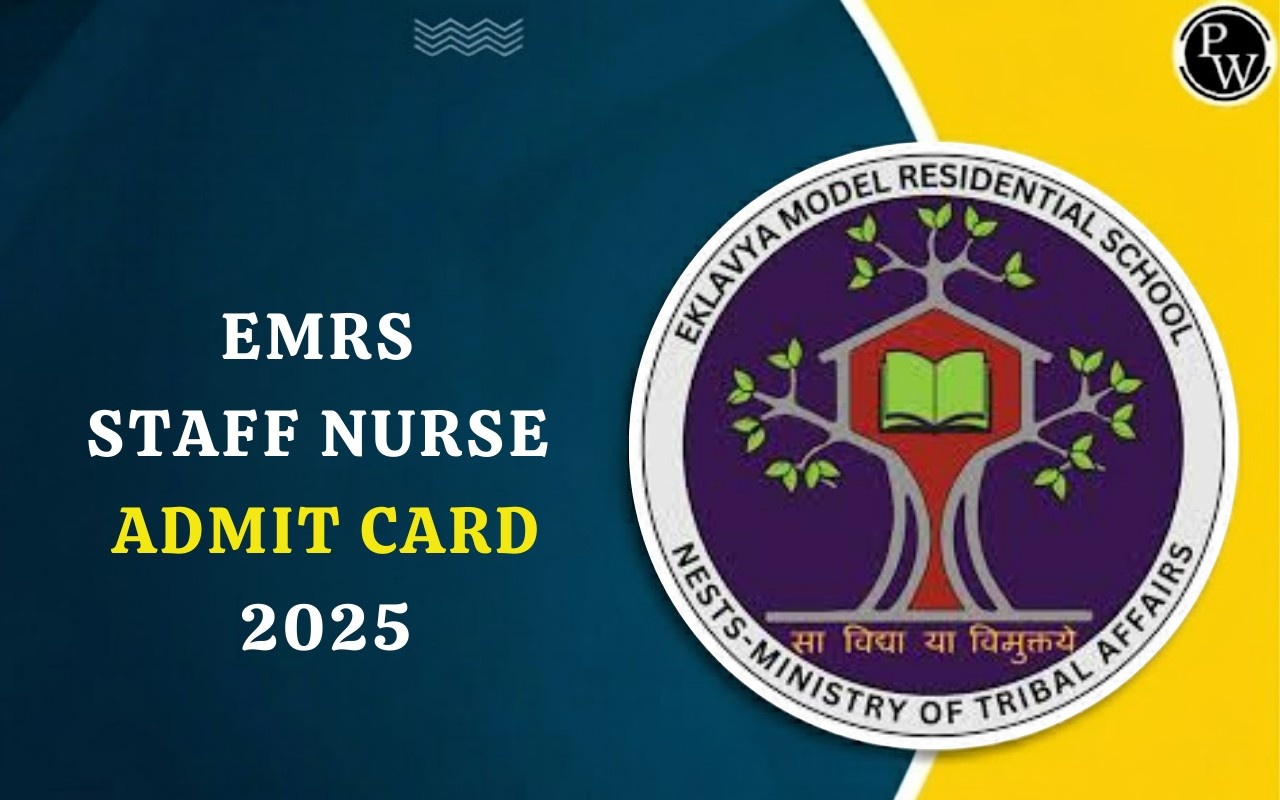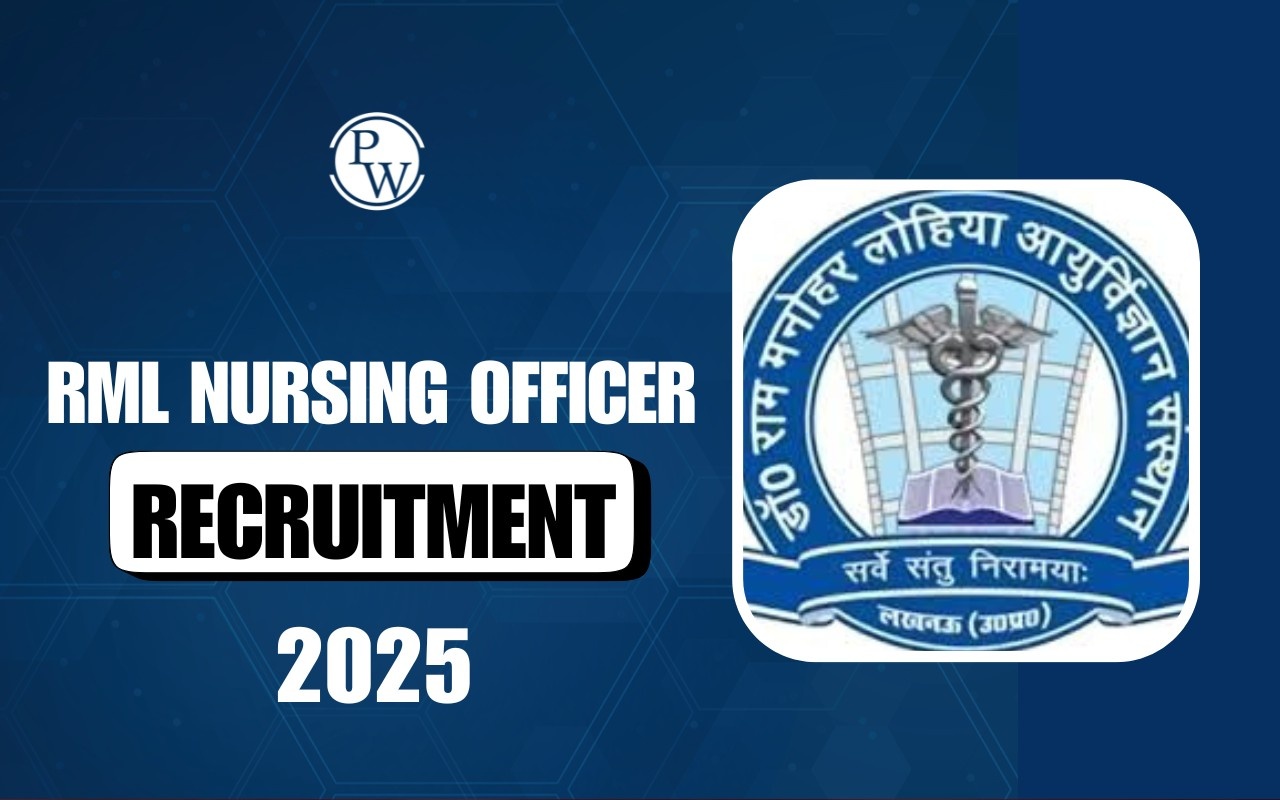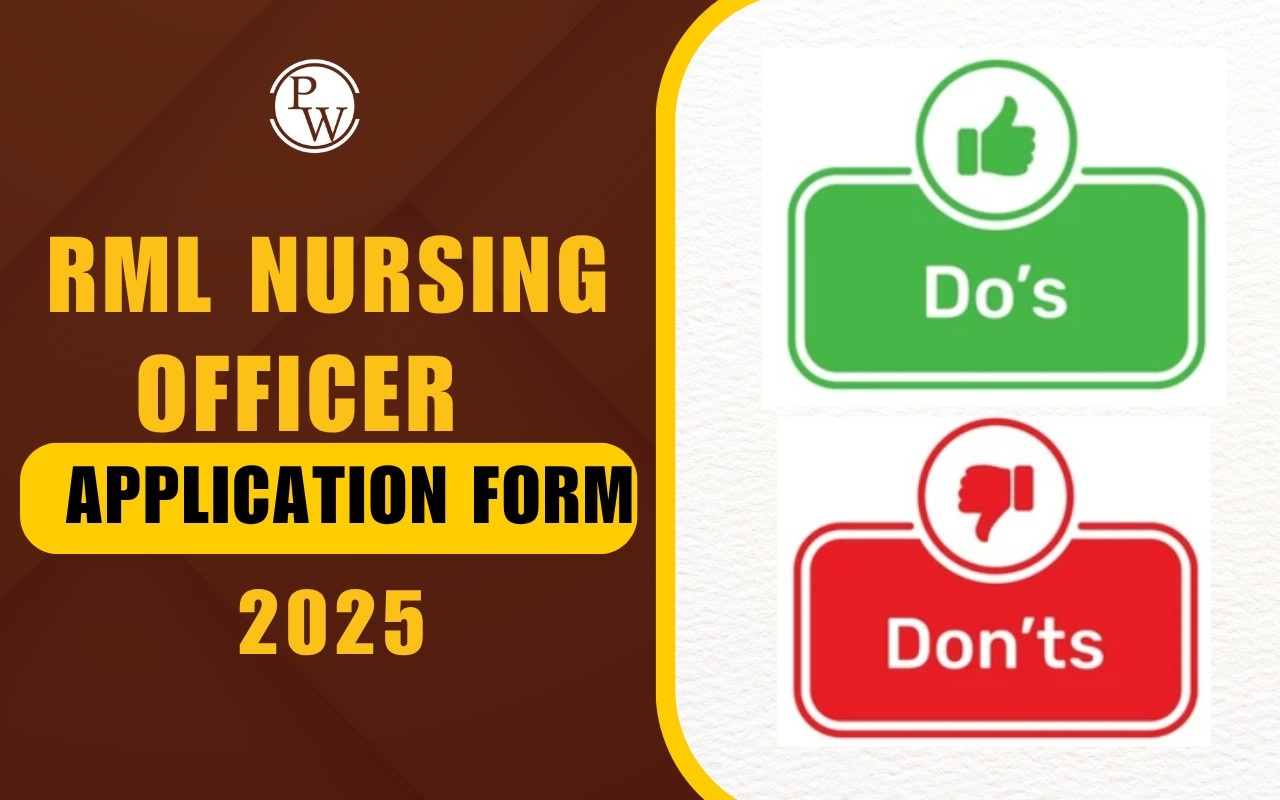
Cardiovascular System: The heart, blood vessels, and blood together make up the cardiovascular system. Its main job is to move nutrients and oxygen-filled blood throughout the body and to take deoxygenated blood back to the lungs.
If any part of the cardiovascular system is not working properly or gets injured, it can lead to significant health problems. Everyday issues that can impact the cardiovascular system are coronary artery disease, heart attack, high blood pressure, and stroke.
This article explores the cardiovascular system, looking at its parts and what they do. We also discuss some usual diseases related to the cardiovascular system and the treatments linked to them.
What Is the Cardiovascular System?
The human cardiovascular system is a network of tubes that moves blood to and from every part of the body. It delivers nutrients and oxygen to tissues and takes away carbon dioxide and other wastes. This system, driven by a strong heart, is like a closed tube. There are two circuits—pulmonary and systemic—made up of arteries, capillaries, and veins.
Understanding the Human Cardiovascular System
The body has a system of tubes – arteries, veins, and capillaries – that carry blood to the body's tissues.
The main job of the heart is to pump blood with its muscles through these tubes to all parts of the body. The arteries, receiving blood under high pressure, have thick walls made of elastic fibrous tissue and muscle cells.
The arteries branch out into smaller vessels called arterioles, which lead to capillaries – tiny tubes made of lining cells. These microscopic capillaries allow important nutrients and waste products to pass through.
After passing through the capillaries, the blood, now without much oxygen and carrying waste, moves slowly and with low pressure through small vessels called venules. These venules come together to form veins, guiding the blood back to the heart.
Cardiovascular System Function
The role of the cardiovascular system is to ensure that your body receives the oxygen, nutrients, and necessary substances while removing unwanted things.
Around the clock, even during sleep, your heart pumps blood throughout your body. This is why your healthcare provider can detect your heartbeat; it's the sound of your heart fulfilling its duty. Approximately 2,000 gallons of blood are circulated by your heart every day.
Certain blood vessels (veins) transport blood to your heart, while others (arteries) carry blood away from it. Your blood vessels also eliminate waste, such as carbon dioxide, from your cells.
The blood consistently follows the same path through your heart, with valves along the way ensuring it goes in the correct direction.
Two Important Circulation Processes
Pulmonary Circulation
Blood without oxygen enters the right side of your heart and travels to the lungs to pick up oxygen and release carbon dioxide. After that, the blood with oxygen returns through the left side of your heart.
Systemic Circulation
The blood, now filled with oxygen from the lungs and having passed through the left side of your heart, is pumped out to the cells in your body. This allows the cells to receive oxygen and nutrients. The process repeats when deoxygenated blood goes back to the right side of your heart.
How Does the Cardiovascular System Help with Other Organs?
The heart and blood vessels, known as the cardiovascular system, provide your body's organs with oxygen and nutrients, enabling them to perform their functions. Additionally, the blood vessels transport carbon dioxide and other waste for proper disposal.
Your cardiovascular system also helps your body:
- Get what it needs during exercise, as well as during rest.
- Keep your temperature at a normal level.
Components of the Cardiovascular System
The cardiovascular system is in charge of sending blood to various body parts. It is made up of these organs and tissues:
- The heart: A strong pump that moves blood throughout the body.
-
A closed network of blood vessels:
These vessels consist of:
- Arteries: Vessels that transport blood away from your heart.
- Veins: Vessels that transport blood back to your heart.
- Capillaries: Tubes that return blood to the heart.
Anatomy
Your heart plays a crucial role in your cardiovascular system by powering the network that supplies your cells with what they need and removes what they don't. It links to a system of blood vessels throughout your body.
Imagine big water or sewer pipes under the street – they are quite large. These pipes connect to smaller ones, bringing water into your house and carrying sewage out. Similar to the main pipes underground, the blood vessels going to and from your heart are the largest in your body. They branch into smaller vessels as they move away from your heart, distributing oxygen and removing waste across your entire body. Capillaries, the smallest blood vessels, transfer oxygen, nutrients, and waste between your blood vessels and your tissue cells.
Structure of the heart
The heart has four separate parts: two upper rooms known as "atria" and two lower rooms known as "ventricles." A barrier or "septum" divides the atria and ventricles. Valves manage the blood flow in the various rooms.
Blood follows this route through the heart:
- Deoxygenated blood comes back from the body and goes into the right atrium (upper right room) through the inferior vena cava and superior vena cava veins.
- Blood passes through the tricuspid valve and enters the right ventricle (lower right room).
- The right ventricle pushes blood through the pulmonary valve and out of the heart through the main pulmonary artery.
- The blood then travels through the left and right pulmonary arteries into the lungs. Here, breathing brings oxygen into the blood and removes carbon dioxide. Consequently, the blood now has plenty of oxygen.
- The blood comes back to the heart and enters the left atrium (upper left room) through four pulmonary veins.
- Blood moves through the mitral valve and enters the left ventricle (lower left room).
- The left ventricle sends the blood through the aortic valve into a large artery called the "aorta." This artery delivers blood to the entire body.
The Importance of the Heart
Here are some key aspects that highlight the importance of the cardiovascular system:
- Oxygen and Nutrient Supply: The cardiovascular system ensures the delivery of oxygen and nutrients to every cell in the body. Oxygen is essential for cellular respiration, a process that provides the energy needed for various physiological functions. Nutrients from digested food are also transported through the bloodstream to nourish cells, tissues, and organs.
- Waste Removal: The cardiovascular system plays a crucial role in removing metabolic waste products produced by cells. Carbon dioxide, a byproduct of cellular metabolism, is transported back to the lungs for elimination, while other waste products are carried to the kidneys and liver for processing and excretion.
- Temperature Regulation: Blood circulation helps regulate body temperature. When the body temperature rises, blood vessels dilate, allowing increased blood flow to the skin, and promoting heat dissipation through sweating. Conversely, in colder conditions, blood vessels constrict to minimize heat loss.
- Hormone Transportation: Hormones, which act as chemical messengers, are transported through the bloodstream to various organs and tissues. This is essential for the coordination and regulation of various physiological processes, including growth, metabolism, and reproduction.
- Immune System Support: The cardiovascular system plays a role in the immune response by transporting white blood cells and antibodies to sites of infection or injury. This helps defend the body against pathogens and contributes to the overall immune defence mechanism.
- Blood Pressure Regulation: The cardiovascular system maintains blood pressure within a certain range to ensure adequate perfusion of organs and tissues. Proper blood pressure is essential for preventing conditions such as hypertension and maintaining the health of the heart and blood vessels.
- Cardiac Function: The heart, a central component of the cardiovascular system, pumps blood throughout the body. It consists of four chambers that work together to maintain a continuous and coordinated flow of blood. The heart's rhythmic contractions (heartbeat) are essential for sustaining life.
- Adaptation to Physical Activity : The cardiovascular system adapts to changes in physical activity levels. During exercise, the heart pumps more blood to deliver additional oxygen and nutrients to working muscles. This adaptability is crucial for maintaining overall fitness and well-being.
What is the Cardiac Cycle?
The cardiac cycle consists of two phases.
The initial stage is diastole, when the ventricles get filled with blood. It starts after the aortic or pulmonary valve shuts and finishes when the mitral or tricuspid valve shuts. In diastole, blood vessels send blood back to the heart to get ready for the next ventricle contraction.
The next stage is systole, when the ventricles squeeze and push out blood. It begins after the mitral or tricuspid valve closes and ends when the aortic or pulmonary valve closes. The pressure inside the ventricles becomes higher than the pressure in nearby blood vessels, making the blood move from the ventricles to the vessels.
Common Diseases of the Cardiovascular System
Cardiovascular diseases can be severe and potentially life threatening. Understanding conditions that can affect the cardiovascular system may help people seek appropriate and timely medical advice.
Overviews of some common cardiovascular diseases are below.
Heart Attack
A heart attack occurs when a section of the heart muscle doesn't get sufficient blood. This can happen because of a blockage, a tear in an artery near the heart, or when the heart needs more oxygen than it gets.
Symptoms of a heart attack include:
- chest pain or discomfort
- feeling lightheaded
- pain or discomfort in the jaw, neck, or back
- pain or discomfort in one or both arms or shoulders
- shortness of breath
Three of the main risk factors of a heart attack are:
- high blood cholesterol
- high blood pressure
- smoking
People who have had a heart attack can lower their chances of future cardiovascular problems by engaging in the following:
- regular physical activity
- reaching or maintaining a moderate weight
- following a heart-healthy diet
- quitting smoking
- undergoing cardiac rehabilitation
Stroke
A stroke is a health problem where a part of the brain loses its blood supply, leading to the death of brain cells. There are two kinds of strokes. Ischemic stroke happens when a blood clot blocks the flow of blood to the brain. Hemorrhagic stroke occurs when there's bleeding in or around the brain.
Some significant risk factors of a stroke include:
- high blood pressure
- diabetes
- heart disease
- smoking
- personal or family history of stroke
- older age
- being of African American heritage
Symptoms of a stroke begin suddenly and may include:
- one-sided weakness or numbness of the leg, arm, or face
- vision problems in one or both eyes
- difficulty speaking or understanding speech
- confusion
- dizziness, loss of balance, or difficulty walking
- severe headache
The way to treat a stroke relies on its type. Someone facing an ischemic stroke might get medicines to dissolve the blood clot and bring back blood flow to their brain. If someone has a hemorrhagic stroke, they might need surgery to repair the bleeding blood vessel.
Follow-up treatments for stroke may include:
- antiplatelet or anticoagulant medications to help prevent the formation of new blood clots
- medications to lower blood pressure
- medications called statins to reduce levels of cholesterol in the blood
- physical therapy
- rehabilitation therapy
- speech therapy
Heart failure
Heart failure occurs when the heart is unable to pump enough blood to satisfy the body’s needs.
Some symptoms of heart failure include:
- persistent coughing or wheezing
- shortness of breath
- exercise intolerance
- increased heart rate
- nausea
- lack of appetite
- swelling
- fatigue
- confusion
Risk factors of heart failure include:
- high blood pressure
- coronary artery disease
-
personal history of one of the following conditions:
- heart attack
- diabetes
- sleep apnea
- congenital heart defect
There is no cure for heart failure. However, treatments can help to slow the progression of the disease and alleviate symptoms. Examples include:
- lifestyle changes, such as dietary and exercise changes
- devices and surgical procedures
- medications to manage blood pressure or cholesterol levels
- diuretics to reduce swelling or edema
Arrhythmia
An arrhythmia is an abnormal heart rhythm. It may present as a heartbeat that is too quick, too slow or has a distinctive pattern.
Symptoms may include:
- fast or slow heartbeat
- skipping beats
- lightheadedness
- dizziness
- fainting
- chest pain
- shortness of breath
- sweating
The risk factors of arrhythmia include:
- heart disease
- congenital heart defect
- high blood pressure
- high cholesterol
- older age
- alcohol use
- untreated sleep apnea
For dangerous arrhythmias, doctors may insert a device called a pacemaker to restore a regular heart rate.
How Aging Affects the Cardiovascular System?
As individuals get older, their heart starts to function less efficiently than before. For instance, it may not beat as rapidly during exercise, even though the resting heart rate stays constant. Ageing hearts might also experience irregular heartbeats.
Another usual effect of growing older is increased rigidity in the big arteries and the heart muscle. This stiffness can lead to elevated blood pressure, raising the chances of heart attacks, strokes, and heart failure. The heart's stiffness can also result in congestive heart failure.
As individuals get older, their heart starts to function less efficiently than before. For instance, it may not beat as rapidly during exercise, even though the resting heart rate stays constant. Aging hearts might also experience irregular heartbeats.
Another usual effect of growing older is increased rigidity in the big arteries and the heart muscle. This stiffness can lead to elevated blood pressure, raising the chances of heart attacks, strokes, and heart failure. The heart's stiffness can also result in congestive heart failure.
If you’re looking for the best nursing coaching online to prepare for your nursing exams, Physics Wallah’s Online Nursing coaching is just what you need! With our coaching program, you’ll be taught everything you need to know to score high in your nursing exams, that too, in a very simple way.
So, don’t wait! Enroll in our coaching today and secure your future!
Cardiovascular System FAQs
Can stress impact the cardiovascular system?
What are the effects of smoking on the heart?
How does age affect cardiovascular health?
Are there gender differences in cardiovascular health?
What role does sleep play in cardiovascular health?

